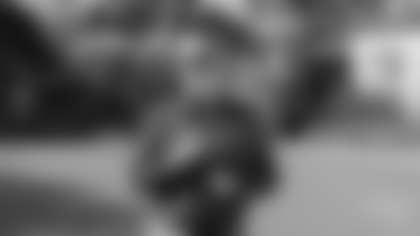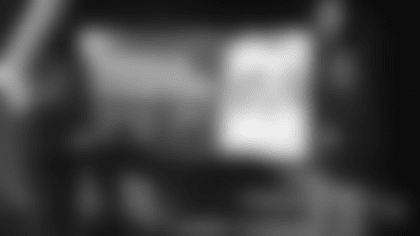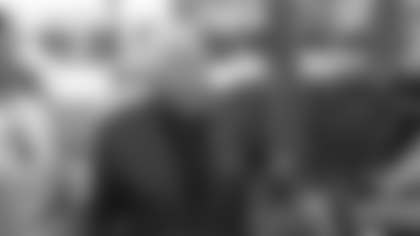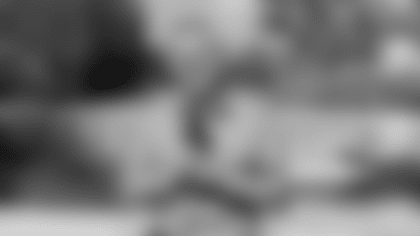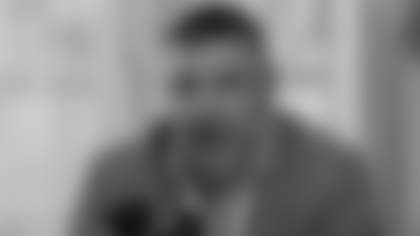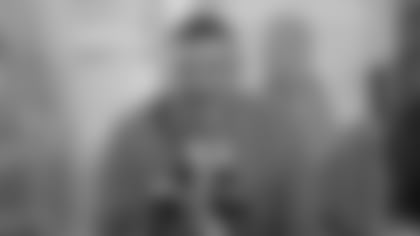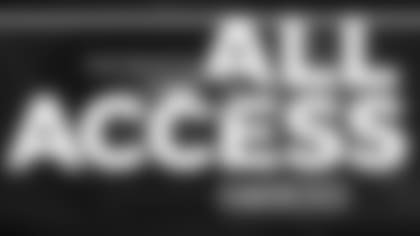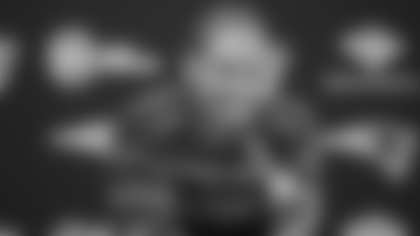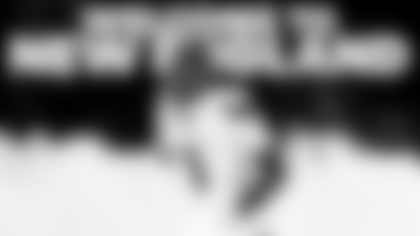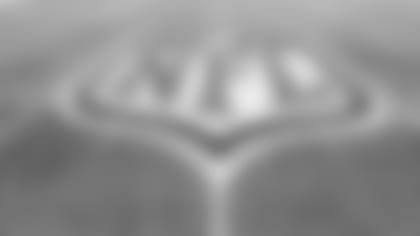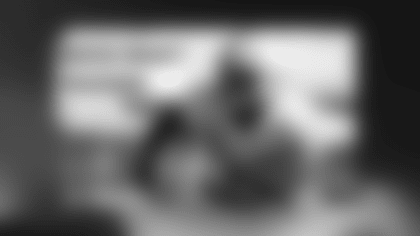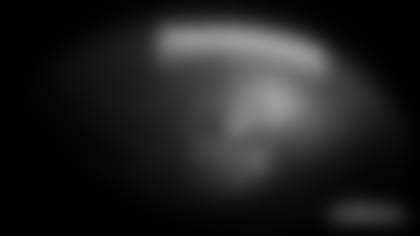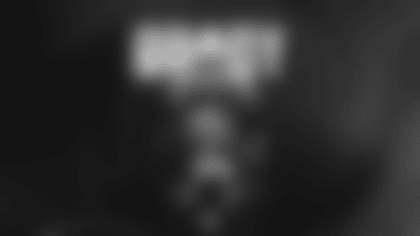ORLANDO - Relatively late in the day on Tuesday, the NFL somewhat surprisingly moved to expand and significantly sharpen its rules against players lowering their head and using their helmets to make contact, instituting a 15-yard penalty for such an act and leaving open the possibility of adopting a college-style targeting rule in the future.
In the name of player safety and the attempt to curb the frequency of concussions, the NFL's competition committee said initiating helmet contact anywhere on the field — by any player — will be subject to a personal foul penalty.
Though the league still intends to take some time in fleshing out the potential in-game ejection component of the newly amplified rule, which is not automatic at this point, it is thought that only the most egregious violations will trigger disqualification.
But there are many questions that remain, among them whether replay review will eventually be used to decide on potential player ejections, which is the practice in the college targeting rule. Without the use of replay, the subjectivity of the calls that will produce a penalty for initiating helmet contact will fall on the game officials, adding to their responsibility to make split-second judgments with players moving at full speed in real time.
"For us this is a pretty significant change,'' NFL competition committee chairman and Atlanta Falcons team president Rich McKay said in a news conference at the league's annual meeting. "This is not a situation protection. This has very little requirement to it. This is simply if you lower your head to initiate contact and you make contact with an opponent, it's a foul.''
McKay added that it's a "technique too dangerous for the player doing it and the player being hit,'' and one longtime club executive I spoke to summed up the league's action succinctly as: "It's about trying to take the helmet hit out of the game. It's another step towards that.''
While it's hard to yet know how stringently the officials will enforce the rule, it's a development that could have a major impact in how the game is played. As a broad stroke, it's another attempt to change the behavior of players in the ongoing effort to make the game safer and less damaging in terms of potential brain injuries.
"We felt it was time for a change of this magnitude,'' McKay said. "This one technique, we saw so many hits when a player lowered his head and delivered a hit and either hurt himself or the player he was hitting.''
The NFL Network reported that the league plans to work out the specifics of the rule's enforcement in the coming months, in meetings with coaches, players and team officials in New York. By the NFL's spring owners meeting in mid-May in Atlanta, the league intends to completely codify the rule's disciplinary language.
The long-term spinal injury suffered by Steelers linebacker Ryan Shazier late last season, on a play in which he used his helmet on the tackle, was not specifically the motivation for the rule expansion, McKay said. But the league's research found that a sizable amount of concussions result from plays on which the player lowers his head and makes contact with his helmet.
Identifying any play which features a helmet hit as one of the most dangerous types of plays in the football, the NFL took another step Tuesday to try and eliminate such contact from the game. It remains to be seen exactly how far this rule will extend, and if success on that front is realistically possible.


